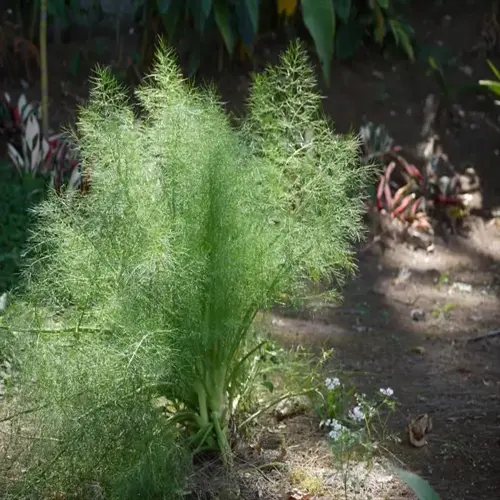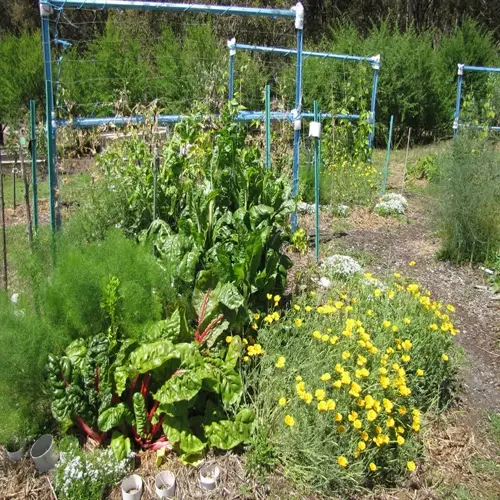How often should cilantro be watered?

Written by
Kiana Okafor
Reviewed by
Prof. Martin Thorne, Ph.D.To water cilantro properly next time you grow it, you must know how soil and climate work together. Sandy soils quickly drain; therefore, they need to be watered more often. Clay soils hold moisture longer, so they need less water. Hot weather dramatically increases evaporation. Cool weather slows water uptake. I inspect my plants daily during periods of climatic change.
Sandy Soil Management
- Water every 2 days during temperatures above 80°F
- Apply 1 inch water per session ensuring deep penetration
- Mulch with straw reducing surface evaporation
Loamy Soil Approach
- Irrigate every 3-4 days in summer heat
- Check moisture 2 inches deep before watering
- Use drip irrigation maintaining consistent moisture
Clay Soil Strategy
- Water every 5 days during hot periods
- Avoid waterlogging by using raised beds
- Amend with compost improving drainage capacity
Proper techniques will help prevent typical problems, such as waterlogging the soil level, and avoiding wet leaves that promote disease. Early morning irrigation helps avoid evaporation loss. Try using finger tests to check 2' deep moisture. I like soaker hoses, as they allow for more efficient watering at the roots. Container plants require more effort and care, as they dry out quicker than plants in the ground.
Adjust watering according to weather changes, such as heatwaves, by increasing watering frequency and reducing watering time. Use less frequent, but longer watering times during cool spells. Humidity will impact how the soil retains moisture. Rainy periods may result in no watering at all. Check the forecasts daily to adjust your schedule accordingly.
Moisture Conservation
- Apply 2-inch organic mulch layer
- Use ollas clay pots for gradual seepage
- Install shade cloth reducing evaporation
Precision Tools
- Insert soil moisture meters for accuracy
- Use drip irrigation with timers
- Employ rain sensors bypassing scheduled watering
Recognize signs of underwatering right away, and yellowing, then browning leaf edges. Wilting plant during peak sun - will recover at night. Soil pulls away from the edge of the container. Overwatering shows up as constantly wet soil with mold. Adjust practice at first symptoms to prevent damage.
Set watering routines according to plant growth stages. Seedlings benefit from frequent light watering. Mature plants require deep & infrequent watering. Watering decreases as they approach harvest. Adapt for pot size and plant density. Hunting for consistent moisture will result in a bitter flavor in leaves.
Read the full article: How to Grow Cilantro: Ultimate Beginner Guide

